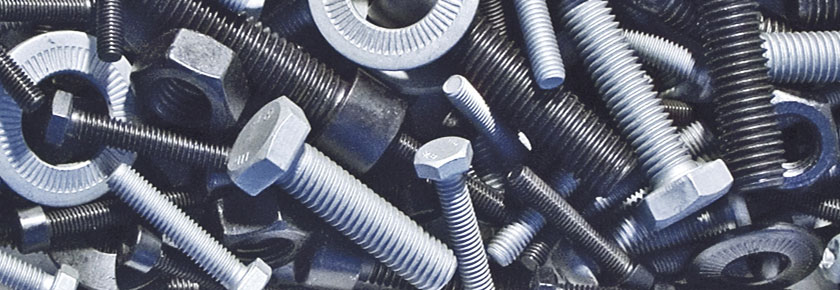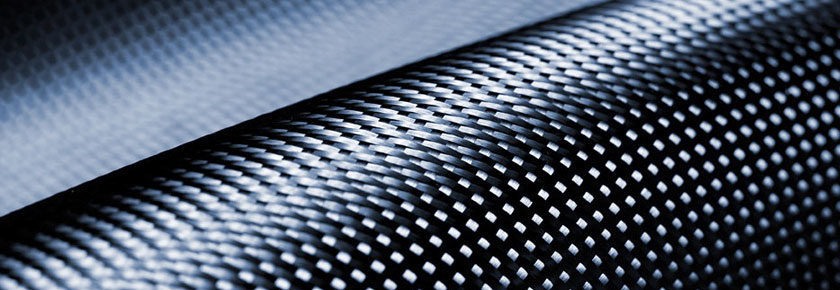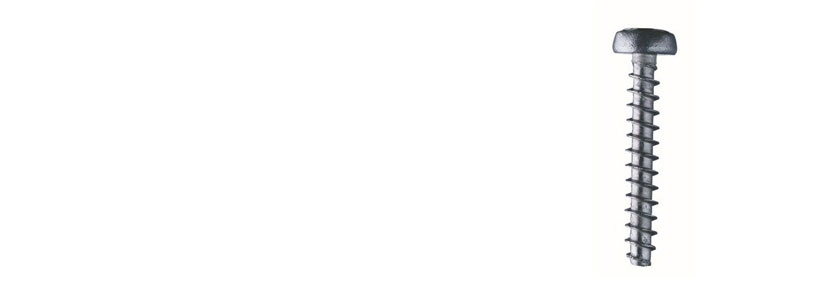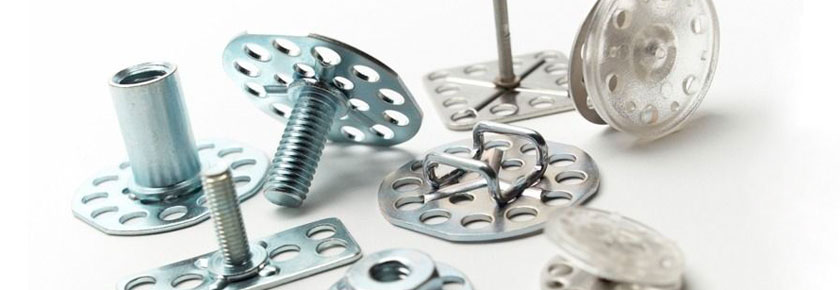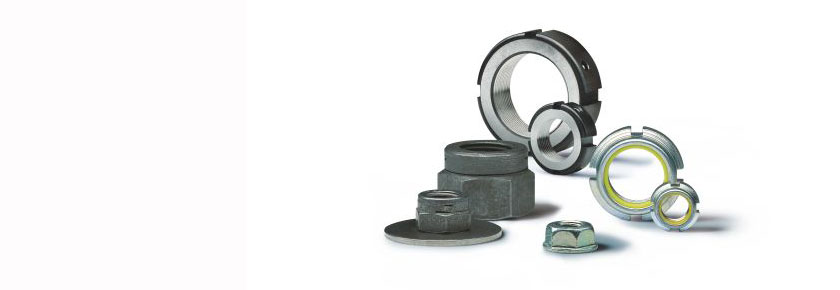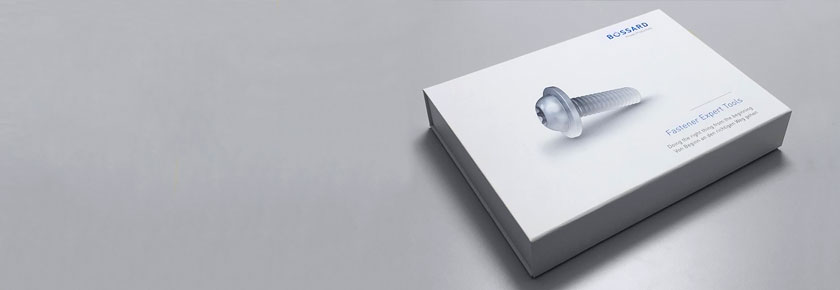Surface Treatment Processes Part Two:
Other Treatment Processes
In our previous blog, you read about the galvanization process that our products undergo prior to packaging and distribution. You also may have noticed the “Part 1” in the title. Well, here in our “Part 2” blog, we are here to talk about the surface treatment processes that you may not know about, other than galvanization.
There are numerous methods of treatment and they all vary on what kind of product we’re dealing with and what works best for said product. We evaluate what the bolt, nut, or other part is used for and treat it appropriately to give our customer the very best products.
There are so many different treatments because the various parts are used in a variety of ways.
Let’s just jump right into it; here are a few other treatment processes that are used to treat your favorite fasteners.
Mechanical plating: This mechanical/chemical process is used by placing the parts in a drum with powdered zinc and glass pellets. The pellets transfer the zinc powder to the surface of the part to be treated.
Black oxidizing of stainless steel: Some treatments are purely decorative, and that is true for this solution. This chemical process involves a hot, hydroxide solution.
Phosphate (Bonderizing, parkerizing, atramentizing): A great undercoat for painting, this process provides slight corrosion protection. It results in a gray to gray/black appearance once the treatment is finished.
Waterproofing/sealing: Used for plated parts, waterproofing and sealing includes dewatering fluid, as well as applying a wax seal. The wax film is invisible when dry.
If you would like more information about surface treatment processes, we would love to tell you all about them! Contact us any time at ProvenProductivity@bossard.com with your questions. Be sure to subscribe to our blogs to keep up with our new posts and learn more about our company!

